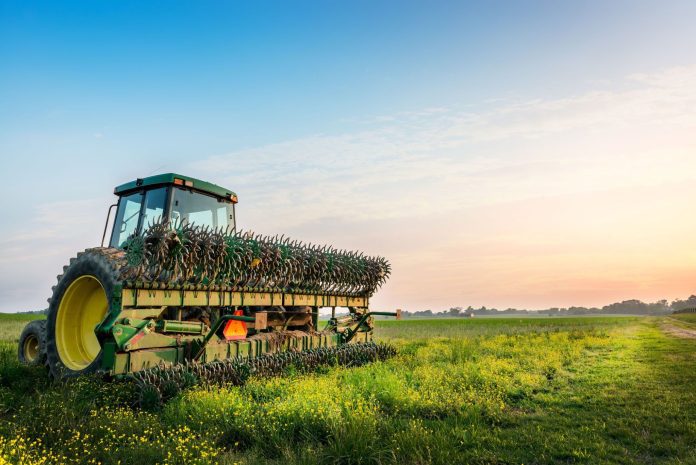Farming is wasteful and resources are dwindling. The role of the internet of things (IoT) and artificial intelligence (AI) in smart agriculture has never been so important, says Monsanto. They provide the only way the sector will change its ways and feed future generations.
Smarter agricultural techniques are an absolute imperative. Speaking at the IoT Tech Expo in London, the Missouri-based agro-chemical and bio-tech company warned the planet’s fast-rising population, limited farm land, and chronic water and food production wastage place acute pressure on the technology and the farming industries to come up with more efficient and productive processes, and fast.
“It’s not a question of if agriculture is going to adopt it, but when, and how fast. If we look at the population of the world today, between now and 2050, there will be 9.7 billion people. By 2100, there will be 11 billion. This means that between now and 2050, we have to increase our food production by at least 50 per cent to feed everyone,” explained Borg Exelmans, director of vegetables in the EMEA region for Monsanto.
“It sounds simple, but today, we are using all the potential arable land for agriculture. There is no chance of more tomorrow. What that means is that today, every square metre we are using has to be more effective and efficient to make sure we increase the agricultural production.”
Exelmans said the rise of IoT style low-power connectivity, wedded to new techniques in big data analytics and automation, present the farming community with opportunities to improve agricultural performance. But time is short, he said.
“If you look back, 70 per cent of all water consumption on the planet goes to agriculture – on fertilizers, pesticides, chemicals. So we need to figure out a solution that makes sure that all those inputs go down per square metre in our agriculture,” he explained, noting also the high CO2 emissions from farm machines. “How do we bring those down?”
The farming industry’s costly drain on resources, and also its biggest opportunity to drive new efficiencies, is in food wastage, however, said Exelmans. “One third of global food production, or about 1.3 billion tonnes annually, is not being used. With 1.3 billion tonnes, we can feed 800 million people.”
He repeated his earlier point, about the application of IoT and AI technologies in smart agriculture. “It’s not a question of if, but when, and how soon?”

